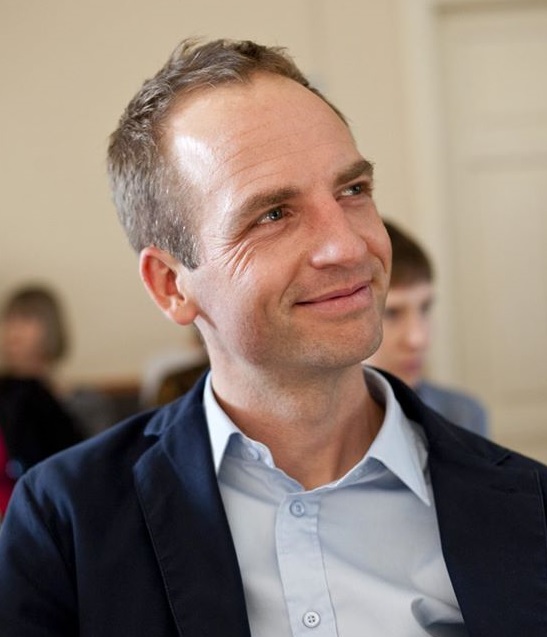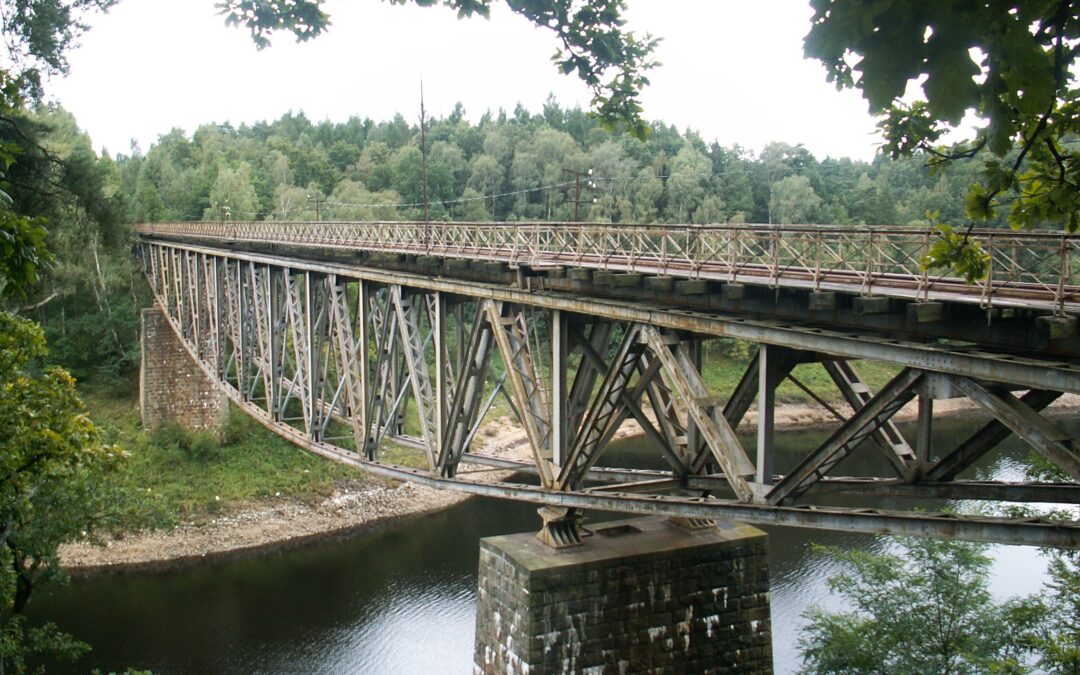Reports that a 111-year-old railway bridge in southwestern Poland will be blown up as part of a stunt during filming of Tom Cruise’s latest Mission: Impossible film have aroused local, and now international, concern.
The 151-metre-long underspanned suspension bridge, which hangs 40 metres above Pilchowickie Lake, was built in 1909 as part of a railway line near Jelenia Góra. The line was closed in 2016 after falling into disrepair.
Newspaper Gazeta Wyborcza recently reported that American filmmakers were planning to explode the steel bridge along with a railway engine as part of filming for the seventh instalment in the Mission: Impossible franchise, in which Cruise reprises his role as agent Ethan Hunt.
Mam nadzieję, że hollywoodzkie pieniądze nie przekonają dolnośląskiego konserwatora zabytków do wyrażenia zgodny na wysadzenie zabytkowego mostu. https://t.co/UiLIyJz5A3
— Tomasz Ratajczak (@tomekratajczak) July 20, 2020
“We received information that it is in a poor technical condition and it is not worth renovating it, so it can be blown up,” an industry insider told Gazeta Wyborcza, adding that the film company would build a new bridge in its place.
Polish media reports suggested that a crew from Paramount Pictures, including director Christopher McQuarrie, had visited the site. It was also claimed that a Polish production company, accompanied by the Polish army, assembled temporary scaffolding on the bridge to check whether it would withstand the weight of a railway engine.
Today, Gazeta Wyborcza reports that Robert Golba, the head of a Polish firm responsible for part of production on the film, confirmed that an application had been made to the culture ministry for the bridge to be destroyed and then rebuilt. He had previously denied reports that it would be blown up.
In comments to Wirtualna Polska, published yesterday, Golba had been slightly more vague, saying only that “it is very likely that the bridge will be able to feature in the movie. And after shooting, the currently unused bridge and railway line will return to use, revitalised.”
He noted that the bridge is not a protected historical monument, adding that no one in Poland would be willing to renovate what he called “an old, rusting construction”. A decision would need to be made soon, he said, as the film crew, including Cruise, is due to arrive in Poland in August.
In response to the reports, the International Committee for the Conservation of the Industrial Heritage (TICCIH) has written to Polish prime minister Mateusz Morawiecki to express its concern about the fate of the bridge.
“We have received alarming news about planned filming on location for Mission: Impossible that could damage or destroy the bridge,” wrote Miles Oglethorpe, president of TICCIH, an independent organisation that protects industrial heritage and serves as an advisory body to UNESCO.
The letter continues by expressing the hope that the Polish authorities will place the bridge under protection, noting that there are few such surviving structures in the world, Gazeta Wyborcza reports.
“In an age of CGI and magical digital technology, there is no need to do lasting damage to any historical construction while shooting a film,” Oglethorpe added.
Meanwhile, Barbara Nowak-Obelinda, the conservation officer of the Lower Silesia Province in which the bridge is located, has begun the process of adding it to the list of protected monuments, telling Gazeta Wyborcza that this should be completed within a month.
Nowak-Obelinda says that the bridge is a precious piece of cultural heritage and should not be blown up, noting that the regional authorities had already successfully revitalised other old railway lines.
The reason that the bridge was not previously registered as a historic monument is that it was, until recently, in use, notes Piotr Gerber of the Foundation for the Protection of Silesian Industrial Heritage.
“The situation has changed now the line is suspended. 2021 will be the European Year of Rail, an opportunity for us to promote and restore such precious constructions,” Gerber told Gazeta Wyborcza.
The bridge’s fate now lies in the hands of Poland’s culture ministry, which will decide on whether it should be registered as a protected historic monument, reports the newspaper.
Main image credit: Paweł Witan/Flickr (under CC BY-NC-SA 2.0)

Ben Koschalka is a translator, lecturer, and senior editor at Notes from Poland. Originally from Britain, he has lived in Kraków since 2005.




















